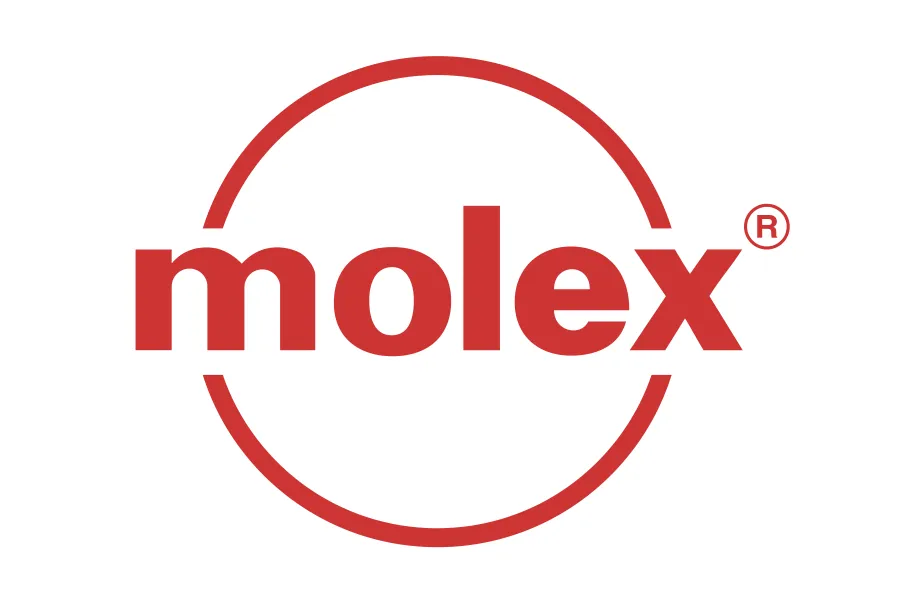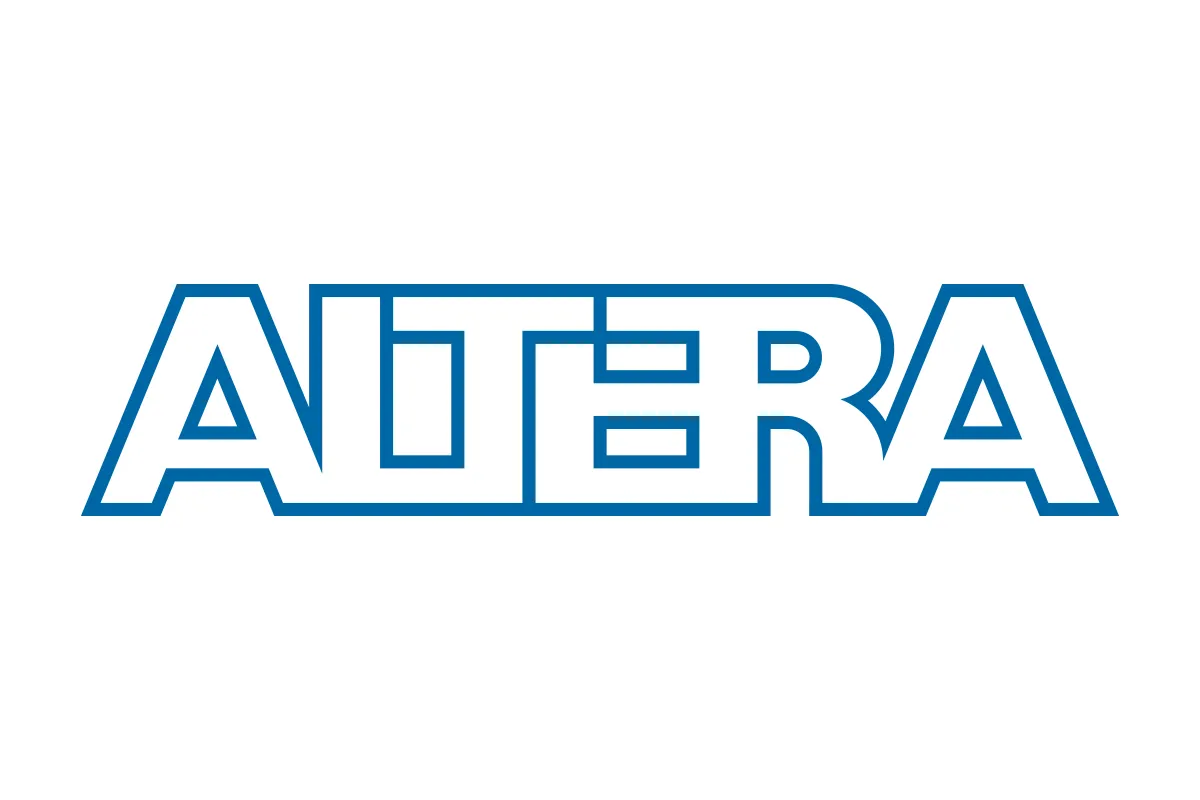Capacitors, essential components in electronic circuits, store and release electrical energy. However, they’re not perfect energy storage devices. One key factor impacting their performance is Equivalent Series Resistance (ESR).
In this blog post, we’ll delve into the intricacies of ESR, its significance in circuit design, and how it can influence the overall efficiency and reliability of your electronic systems.
What Is ESR
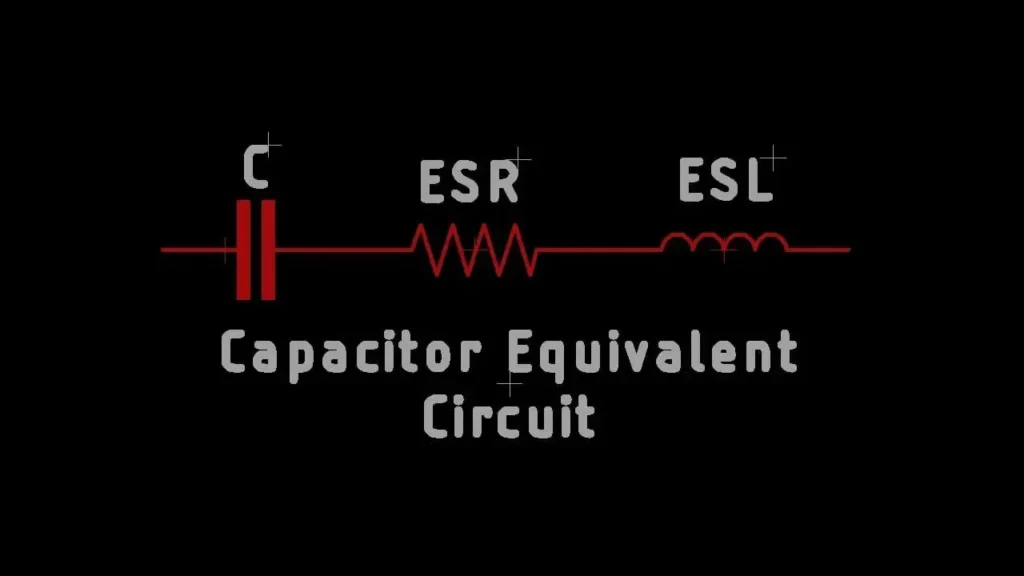
What is capacitor esr?
ESR stands for Equivalent Series Resistance. It’s a crucial parameter in the world of electronics, particularly when dealing with capacitors.
What is Equivalent Series Resistance (ESR)?
Imagine a capacitor as an ideal component that stores and releases electrical energy perfectly. However, due to the materials used in their construction and manufacturing process, capacitors have some internal resistance, which we call ESR.
Ceramic Capacitor ESR
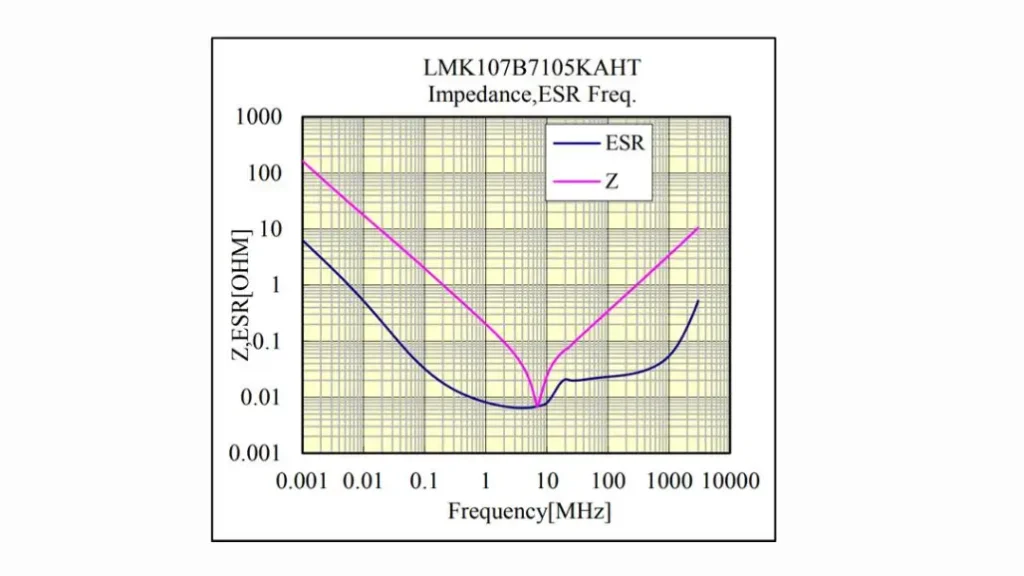
Ceramic capacitors, especially MLCCs, generally exhibit very low Equivalent Series Resistance (ESR). ESR represents the internal resistance within the capacitor, which can impact its performance in high-frequency circuits.
Low ESR is crucial in applications like power supplies, high-frequency filtering, and decoupling circuits where rapid current changes occur. It minimizes power losses and helps maintain signal integrity.
Why is ESR Important?

The equivalent series resistance ESR of capacitors is a crucial parameter in capacitor selection and circuit design due to its significant impact on various aspects of circuit performance:
1. Power Dissipation and Heat Generation:
- Power Loss: A higher ESR leads to increased power dissipation within the capacitor, as electrical energy is converted to heat due to the resistance.
- Heat Generation: Excessive heat can cause the capacitor to overheat, potentially leading to reduced lifespan, component failure, or even fires in extreme cases.
2. Circuit Efficiency:
- Reduced Efficiency: ESR can degrade the efficiency of power supplies and filters by reducing the amount of energy that can be stored and released effectively. This results in wasted energy and decreased overall system efficiency.
3. Ripple Voltage:
- Increased Ripple Voltage: In power supply circuits, a higher ESR can contribute to increased ripple voltage, which is the unwanted AC component superimposed on the DC output voltage. This ripple voltage can affect the performance of sensitive electronic components and systems.
4. Response Time:
- Slower Response Time: ESR can slow down the charging and discharging time of a capacitor, which can impact the overall performance of a circuit, especially in high-frequency applications. This can lead to delayed switching times, reduced signal integrity, and decreased system responsiveness.
5. High-Frequency Performance:
- Deteriorated Performance: At higher frequencies, the inductive impedance of the capacitor (ESL) becomes more significant, along with ESR. This combination can lead to increased impedance, reduced filtering effectiveness, and potential instability in high-frequency circuits.
Minimizing the Impact of ESR:
To mitigate the negative effects of ESR, consider the following strategies:
- Choose Capacitors with Low ESR: Select capacitors with low ESR values, especially for high-frequency, high-current, or high-power applications.
- Use Multiple Capacitors in Parallel: By connecting multiple capacitors in parallel, the overall ESR can be reduced, improving performance.
- Optimize Circuit Layout: Proper circuit layout can minimize the impact of ESR by reducing the length of the traces connecting the capacitor to other components, minimizing parasitic inductance.
- Consider Temperature: Higher temperatures can increase ESR, so ensure adequate cooling and thermal management in your circuit design.
By understanding the importance of ESR and implementing appropriate design considerations, you can optimize your circuit performance, improve efficiency, and enhance the overall reliability of your electronic systems.
How to Calculate ESR of Capacitor
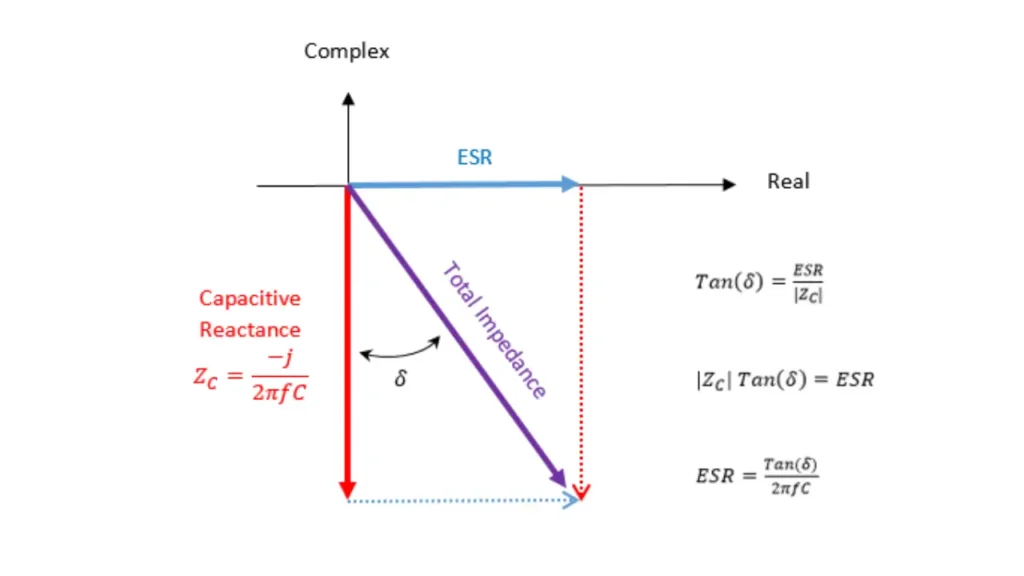
To calculate the ESR of a capacitor, you can use the following methods:
Method 1: Using Dissipation Factor (DF) or Tan(δ)
- Obtain the DF and capacitance values from the capacitor’s datasheet.
- Choose a frequency of interest (often 120Hz or 1kHz).
- Calculate the capacitive reactance (Xc) using the formula:
Xc = 1 / (2πfC)Where:- f: Frequency in Hertz
- C: Capacitance in Farads
- Calculate the ESR using the formula:
ESR = DF * Xc
Method 2: Using Impedance Measurement
- Use an impedance analyzer or LCR meter to measure the complex impedance of the capacitor at a specific frequency.
- The real part of the complex impedance is the ESR.
Method 3: Using an ESR Meter
- Connect the capacitor to the ESR meter.
- Read the ESR value directly from the meter’s display.
Important Considerations:
- Frequency Dependence: ESR can vary with frequency.
- Temperature Dependence: ESR can increase with temperature.
- Aging: Over time, a capacitor’s ESR can increase due to aging effects.
- Tolerance: Capacitor manufacturers specify a tolerance for ESR, so the actual value may deviate slightly from the datasheet value.
How to Measure ESR Capacitor
There are several methods to measure the ESR (Equivalent Series Resistance) of a capacitor:
1. Using an ESR Meter:
- This is the most direct and accurate method.
- An ESR meter specifically designed for this purpose applies a small AC signal to the capacitor and measures the resulting voltage drop across it.
- The ESR is then calculated based on Ohm’s law.
2. Using an Impedance Analyzer or LCR Meter:
- These instruments can measure the complex impedance of the capacitor at a specific frequency.
- The real part of the complex impedance is the ESR.
3. Using a Digital Multimeter (DMM):
- While less accurate than dedicated ESR meters, a DMM can provide a rough estimate.
- You can measure the DC resistance across the capacitor’s leads, but this will only give you a very approximate value.
4. Using a Function Generator and Oscilloscope:
- This method involves applying a square wave signal to the capacitor and observing the voltage response.
- The rise and fall times of the voltage waveform can be used to estimate the ESR.
Additional Tips:
- Frequency Dependence: ESR can vary with frequency.
- Temperature Dependence: ESR can increase with temperature.
- Aging: Over time, a capacitor’s ESR can increase.
- Tolerance: Capacitor manufacturers specify a tolerance for ESR, so the actual value may deviate slightly from the datasheet value.
Remember:
- Always discharge a capacitor before measuring its ESR.
- For accurate measurements, use a calibrated instrument and follow the manufacturer‘s instructions.
- Consider the frequency at which you plan to use the capacitor, as ESR can vary with frequency.
By understanding these methods and considerations, you can effectively measure the ESR of a capacitor and assess its suitability for your specific application.
How to Identify Low ESR Capacitor
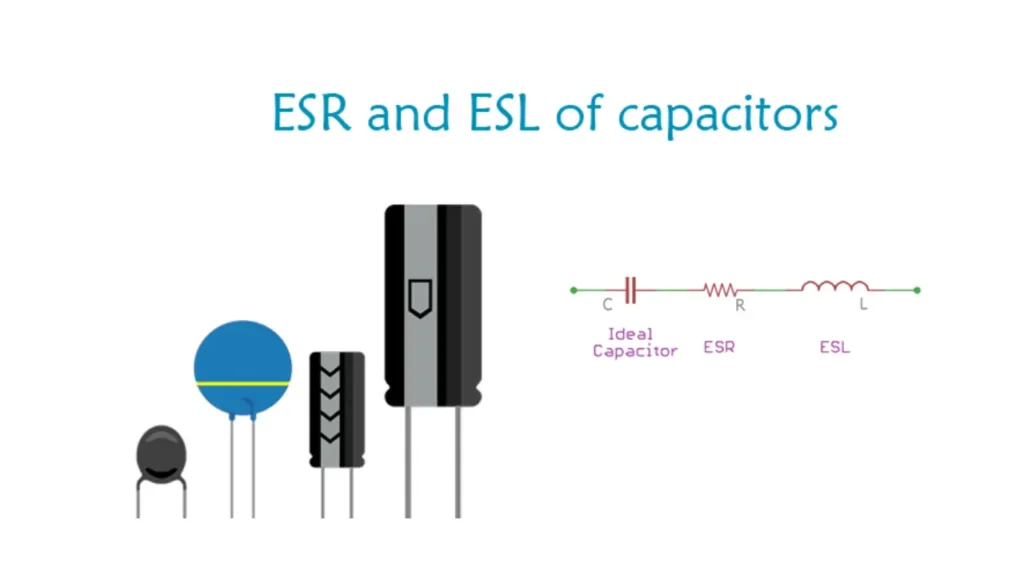
Identifying Low ESR Capacitors
To identify low ESR capacitors, you’ll primarily rely on the capacitor’s datasheet and its physical markings. Here’s a breakdown of key factors:
1. Datasheet Information:
- Explicit ESR Value: The most straightforward way is to look for the ESR value directly specified in the datasheet. Low ESR capacitors typically have ESR values in the milliohm range.
- Dissipation Factor (DF) or Tan(δ): A lower DF indicates lower ESR.
- Impedance vs. Frequency Graph: A lower impedance at higher frequencies suggests lower ESR.
2. Physical Markings:
- “Low ESR” or “ESR” Label: Manufacturers often label low ESR capacitors directly.
- Specific Capacitor Types: Certain capacitor types, such as ceramic capacitors and certain types of electrolytic capacitors, are inherently low ESR.
Tips for Selecting Low ESR Capacitors:
- Consider the Application: The specific requirements of your circuit will determine the appropriate ESR value.
- Check the Manufacturer‘s Reputation: Reputable manufacturers typically produce high-quality capacitors with low ESR.
- Verify the Operating Temperature Range: Ensure the capacitor can handle the temperature conditions of your application.
- Consult the Capacitor’s Datasheet: This is the most reliable source of information about a capacitor’s ESR and other characteristics.
Additional Considerations:
- Capacitor Type: Different capacitor types have varying ESR characteristics. For example, ceramic capacitors generally have lower ESR than electrolytic capacitors.
- Capacitance Value: Higher capacitance values can sometimes lead to higher ESR, especially in electrolytic capacitors.
- Voltage Rating: Higher voltage ratings may also impact ESR.
By carefully considering these factors, you can select the appropriate low ESR capacitor for your electronic circuit and optimize its performance.
Do you have a specific application or capacitor type in mind? I can provide more tailored advice based on your needs.
Low Impedance vs Low ESR Capacitor
While often used interchangeably, low impedance and low ESR capacitors are distinct concepts, though they are closely related. Let’s break down the differences:
1. Impedance:
- Definition: Impedance is the total opposition to current flow in an AC circuit, encompassing both resistance and reactance.
- Components: It includes both the resistive component (ESR) and the reactive component (capacitive reactance, Xc).
- Importance: Lower impedance capacitors can deliver higher currents and handle faster transients, making them suitable for high-frequency applications and power supplies.
2. ESR (Equivalent Series Resistance):
- Definition: ESR is the internal resistance of a capacitor, representing the energy loss within the capacitor.
- Impact: Lower ESR reduces power dissipation, improves efficiency, and minimizes temperature rise, particularly in high-current applications.
- Importance: Low ESR capacitors are crucial for power supply filtering, motor control, and audio applications, where high current surges and ripple currents are common.
Relationship Between the Two:
- Low ESR often implies low impedance: A capacitor with low ESR will generally have a lower impedance, especially at higher frequencies.
- However, low impedance doesn’t necessarily mean low ESR: A capacitor with a large capacitance can have a low impedance due to its high capacitive reactance, even if it has a relatively high ESR.
Low Impedance vs. Low ESR Capacitors
| Feature | Low Impedance Capacitor | Low ESR Capacitor |
|---|---|---|
| Primary Focus | Total opposition to current flow | Internal resistance |
| Key Benefit | High current handling, fast transient response | Reduced power loss, improved efficiency |
| Ideal Applications | High-frequency circuits, RF and microwave applications, power supplies | Power supply filtering, audio applications, motor control circuits |
| Relationship to ESR | Often implies low ESR but not always | Directly related to ESR |
Note: While low ESR often leads to low impedance, it’s important to remember that they are distinct concepts. A capacitor can have low impedance due to its high capacitance, even if it has a relatively high ESR.
When to Choose Which:
- Low Impedance Capacitors:
- High-frequency applications
- Fast-switching power supplies
- RF and microwave circuits
- Low ESR Capacitors:
- Power supply filtering
- Audio applications
- Motor control circuits
While both low impedance and low ESR capacitors are important for optimal circuit performance, the specific needs of your application will determine the best choice. By understanding the distinctions between these two parameters, you can select the right capacitor to ensure efficient and reliable operation.
Conclusion
In conclusion, understanding Capacitor ESR is crucial for optimizing circuit performance and longevity. By carefully selecting capacitors with low ESR values, you can minimize power loss, improve circuit efficiency, and ensure reliable operation.
Ready to elevate your circuit designs? Source high-quality, low-ESR capacitors at wholesale prices from [Your Company Name]. Our extensive inventory offers a wide range of capacitors tailored to meet your specific needs. Contact us today to discuss your project requirements and explore our competitive pricing options.
Let us help you achieve peak performance with our premium capacitor solutions.











